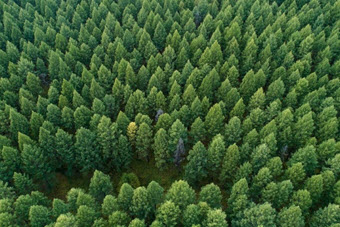Red River Paper sells photographic and art quality inkjet paper. In other words, we provide the absolute best quality papers on the market. This limits our ability to use recycled or mixed paper pulp. However, all of the wood pulp we use comes from managed forests. We take conservation and our commitment to the earth's bounty seriously. Every step is taken to ensure that we bring you the highest quality art and photo papers on the market, in the most environmentally conscious way possible.
And most close to our heart is our support of countless Photojournalists, National Park Photographers, Nature Documentarians, and Artists around the world bringing awareness of the earth's potential deserving of our protection. They are the real heroes in the fight for conservation of our beloved Earth.

Are Your Papers Sustainable?
A better question is, does the wood pulp come from a renewable source? Yes.
In some cases, it comes from tree farms. In other cases, the wood is harvested during regular forest management work.
Are Cotton Papers Sustainable? Recycled?
RRP cotton paper is made from cotton linters. These linters are considered "recovered fibers" by the EPA. By using linters, cotton paper is putting to use what would have become waste. Red River Paper does not sell cotton paper whose base material is recycled cotton paper - only linters.
Do You Certify Your Papers?
We are not able to certify our papers specifically. Certifications, such as FSC and PEFC, are awarded to companies that own/manage forests and to paper mills. These certifications involve a documented "chain of custody," which is a key part of their process. That chain stops at the mill.
What Does That Mean?
It means that all of our wood-based papers are made from managed forest - certified - material. Because of the rules set up by the certifying organizations, we cannot display the certification logos on our website.
Are Any Of Your Papers Made From Recycled Material?
No. There are no recycled content inkjet photo/art papers on the market today. This is not to be confused with paper made from exotic materials like bamboo and sugar cane. They are non-standard paper and not recycled.
Last updated: March 26, 2024




